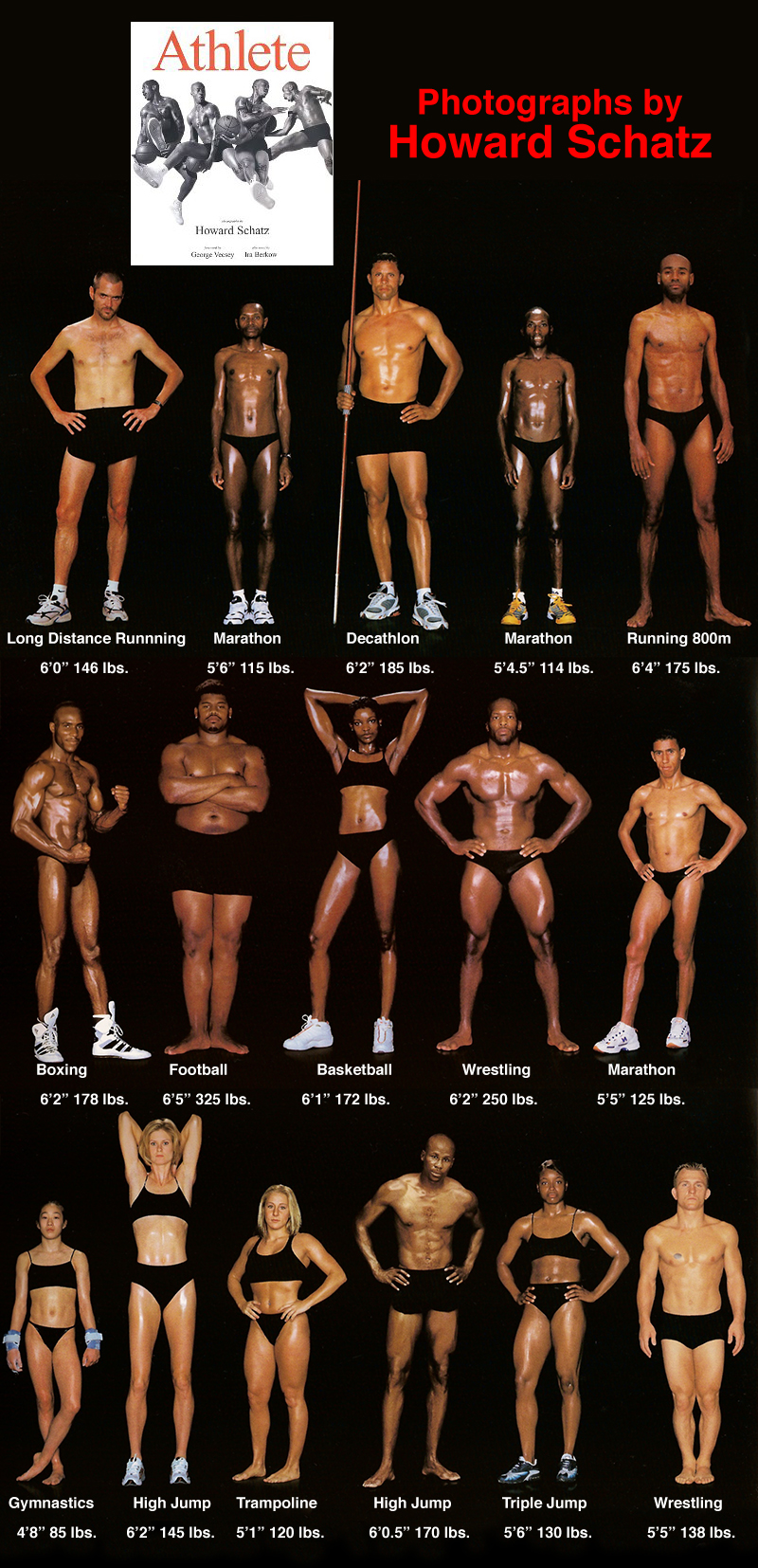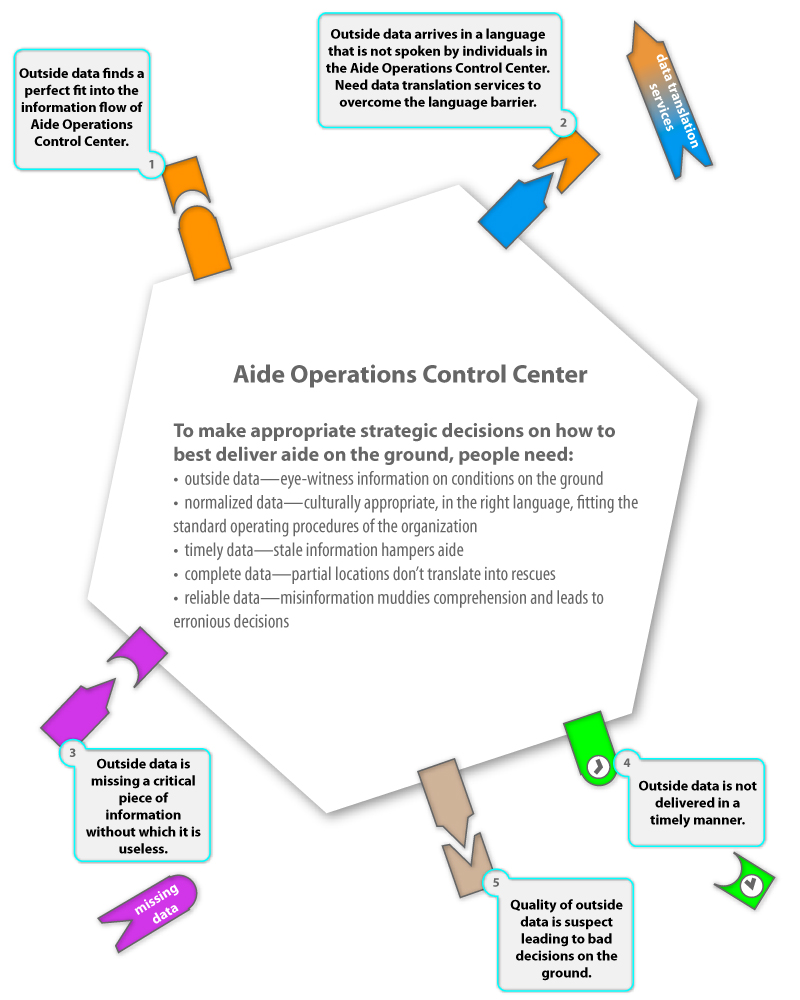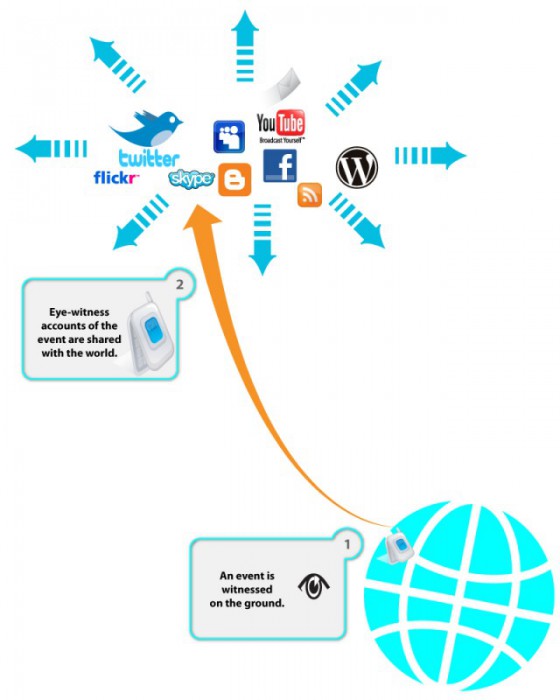
It’s been difficult to get hold of potassium iodide tablets—people on the West Coast are getting worried about the possible farther radiation leaks from Japanese nuclear reactors and are trying to stock up. Fortunately, the topical iodine can work almost as well in an emergency. Betadine is a topical disinfectant and is usually easy to get. Here’s a reference to the study that shows the effectiveness for this purpose of Betadine absorbed through the skin of the abdomen: Toxnet.mln.nih.gov A 2 percent tincture of iodine on the abdomen over an area of approximately 200 mm by 100 mm works for adults as a preventive measure in a case of radioactive iodine presence in the atmosphere. When I was growing up, we were taught to draw a tic-tac-toe grid on our chests or a happy face on a tommy—it’s about the right amount and it is less scary for kids. Iodine will stain the skin and it will take a few weeks for the coloration to return to normal—be careful where you draw the happy face! A short note on use: Under no circumstances should Betadine be injested. It is poison. It is only for external use. Don’t use Betadine until…






